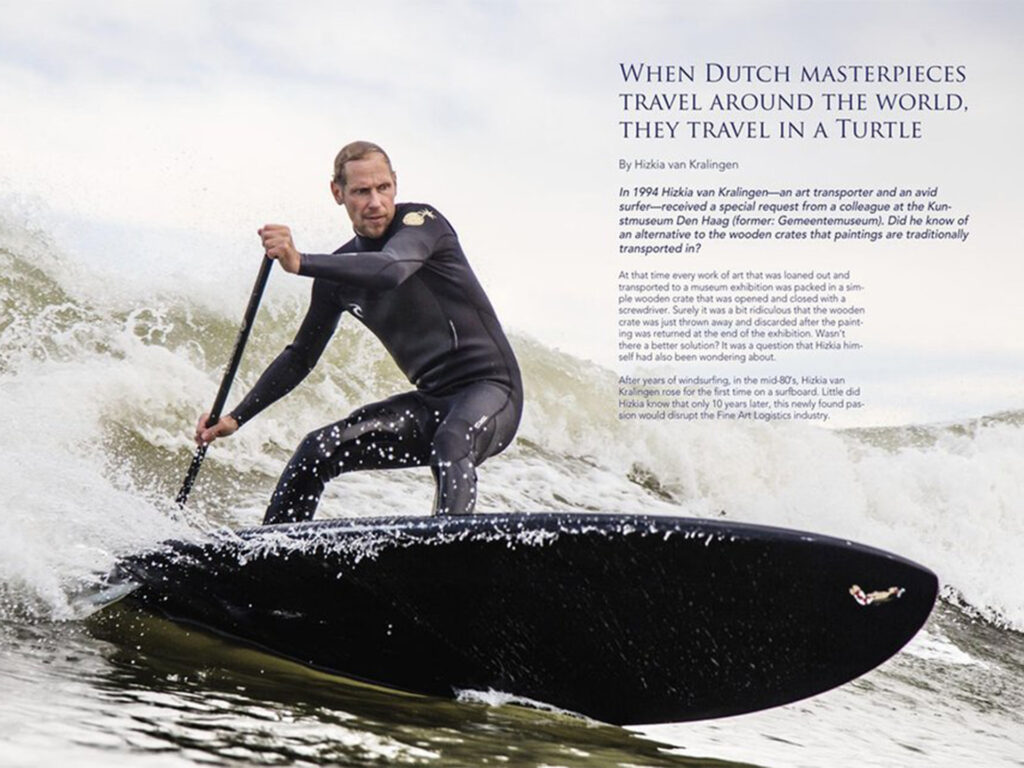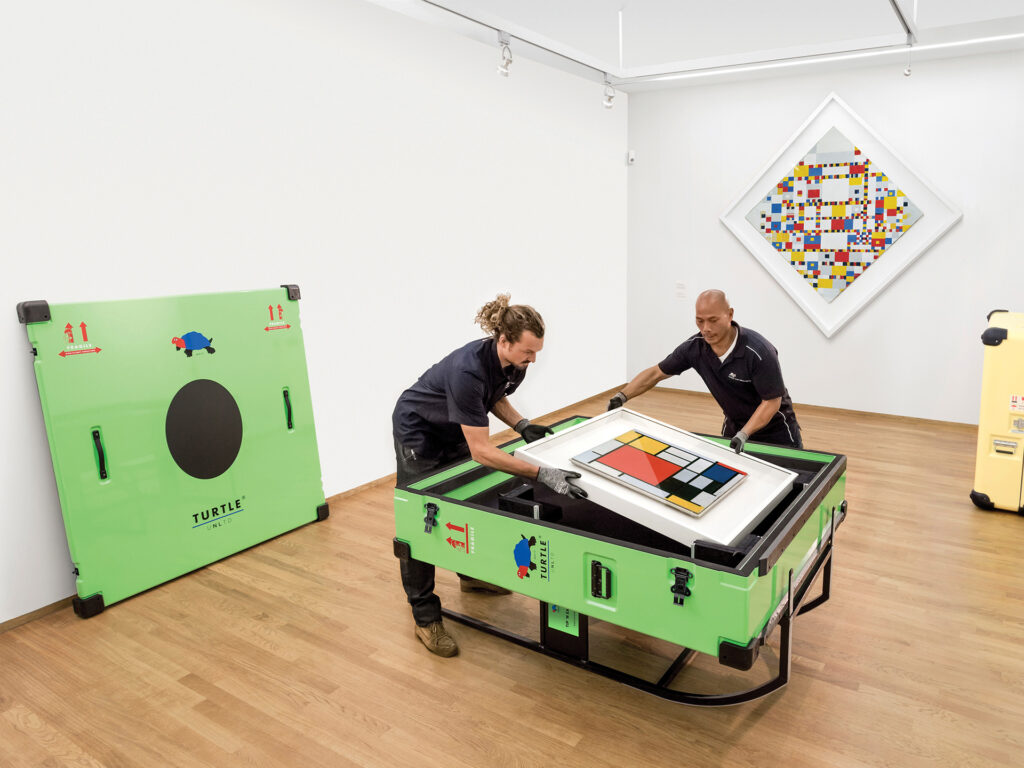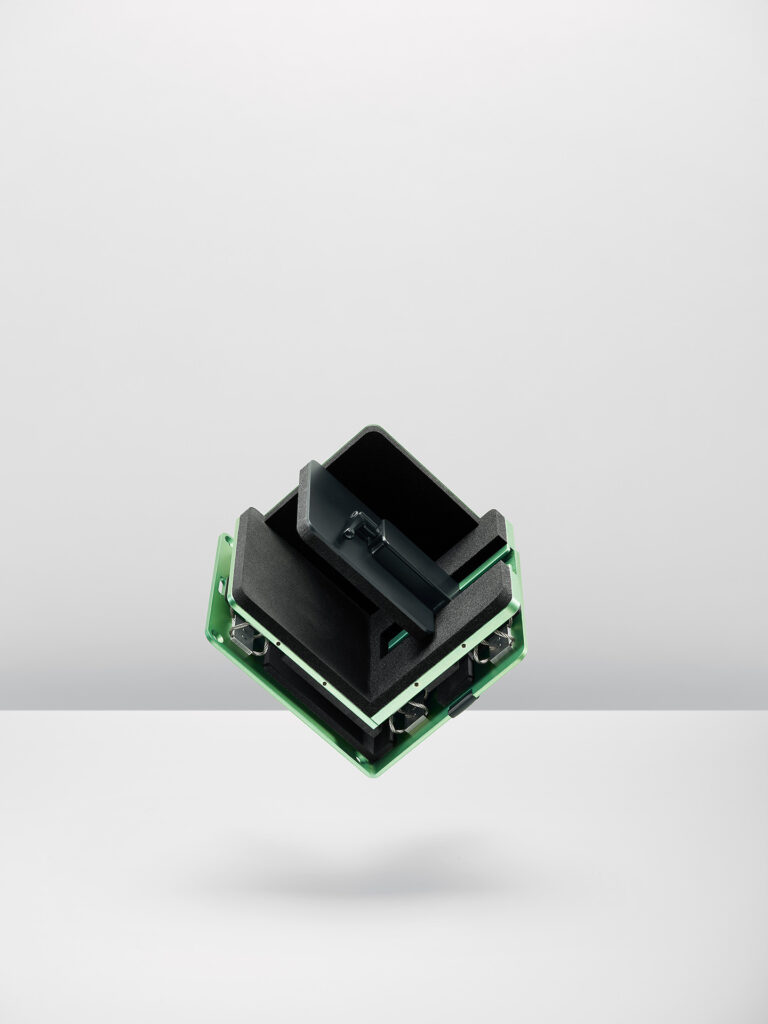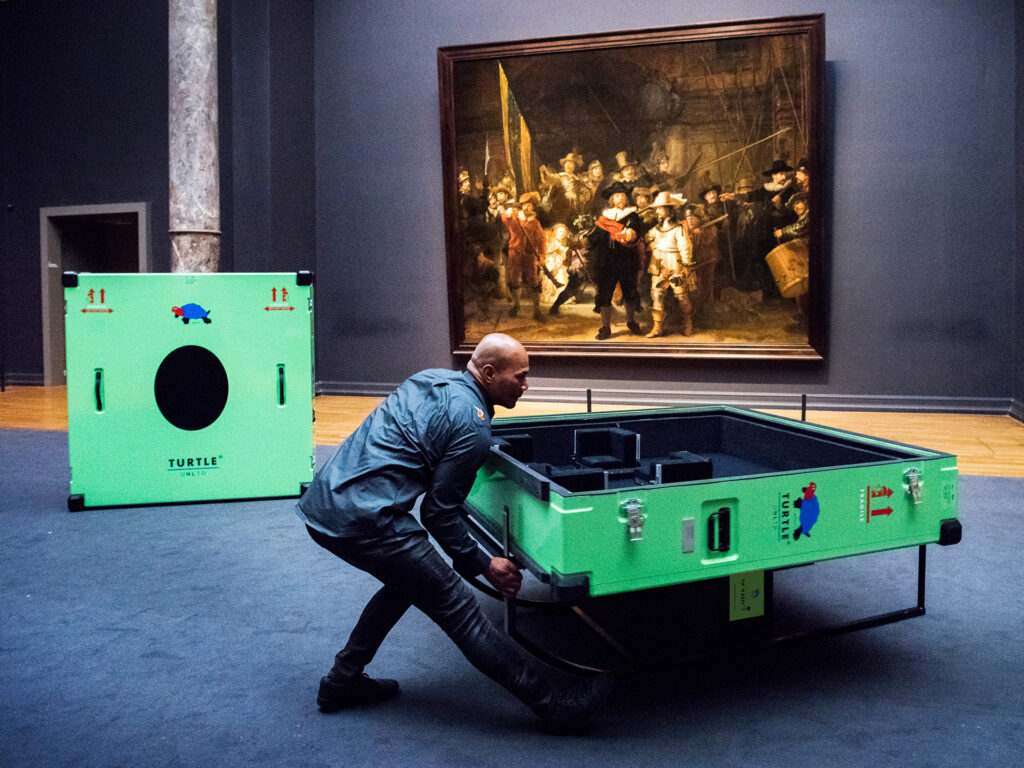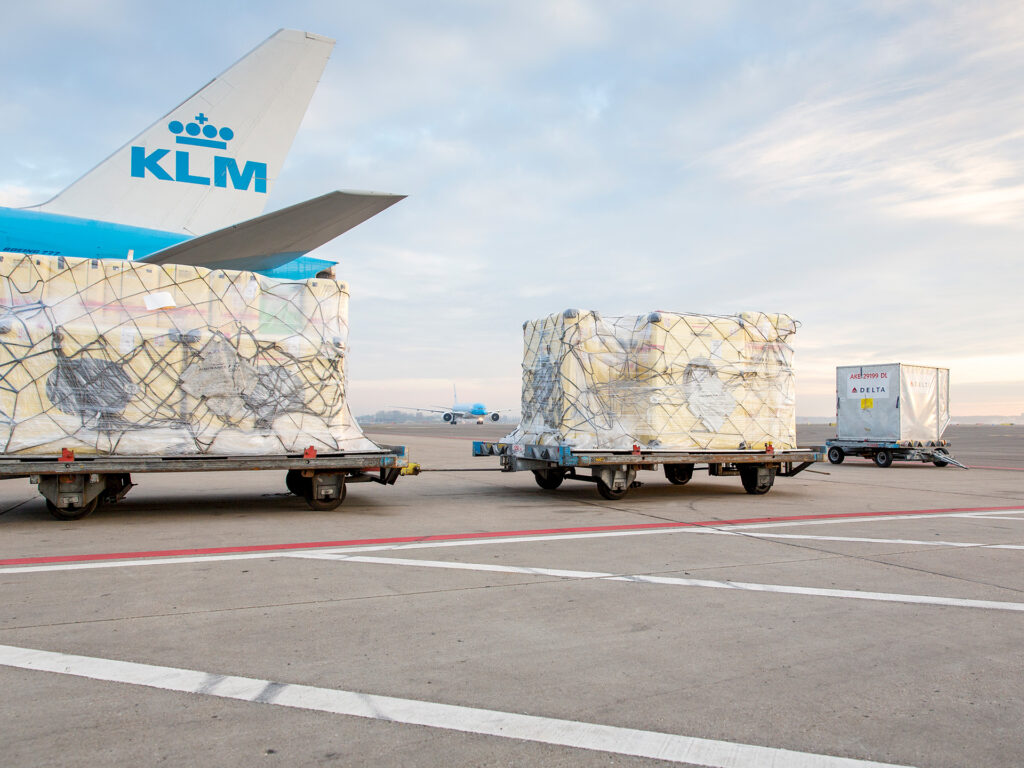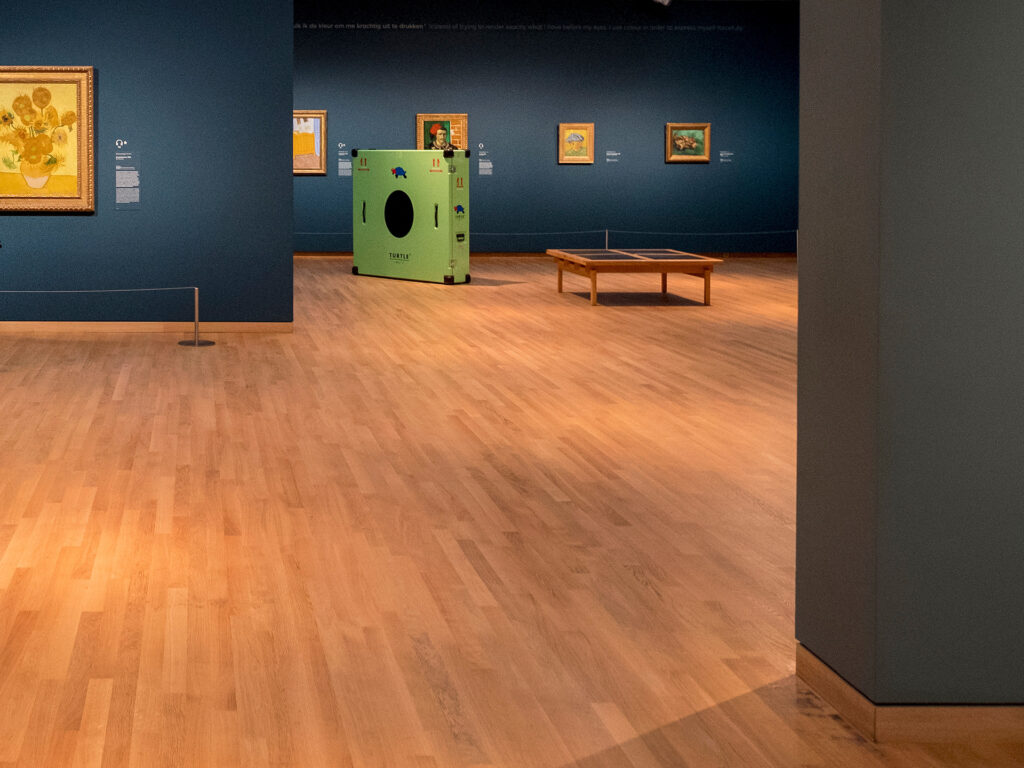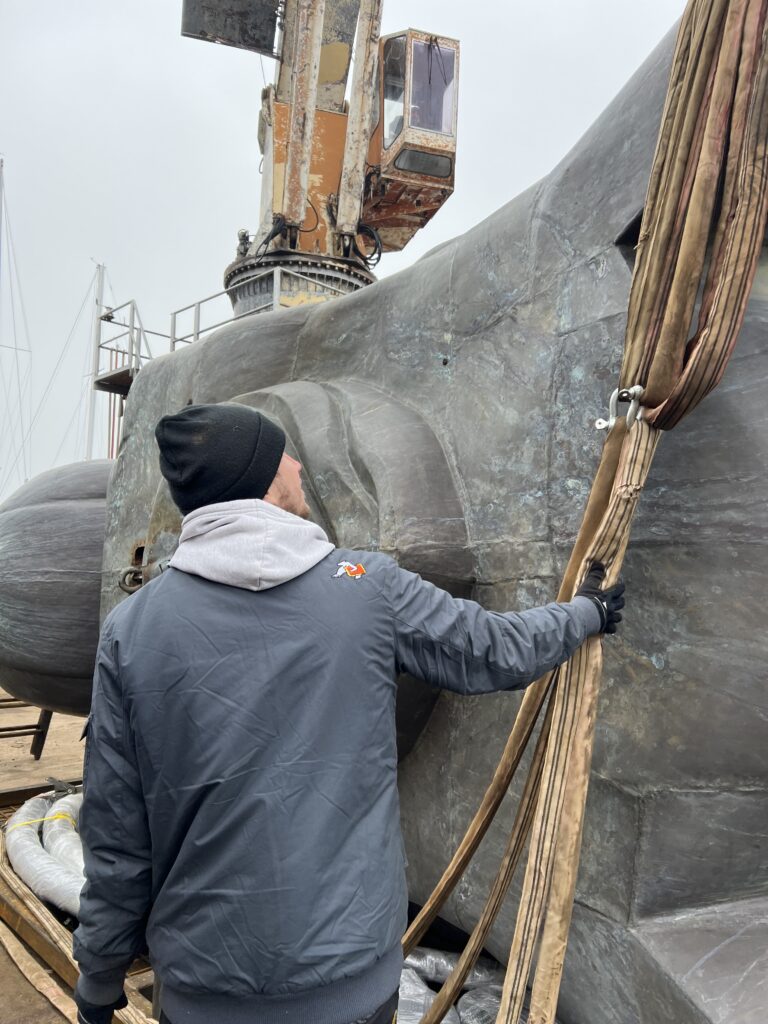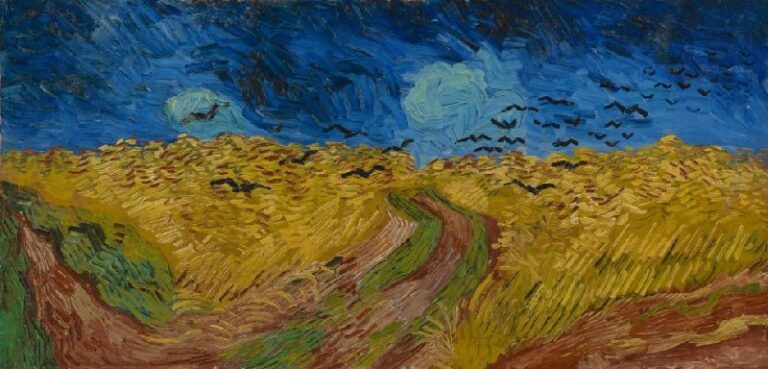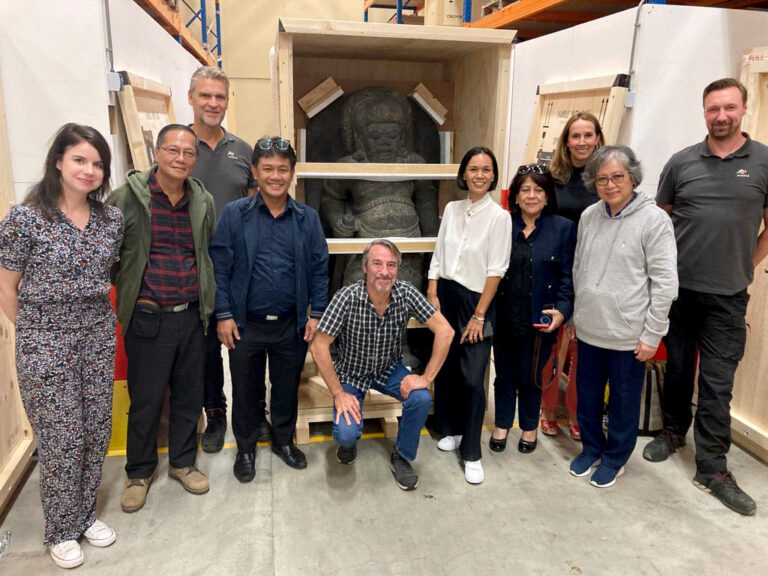In 1994 Hizkia van Kralingen—an art transporter and an avid surfer—received a special request from a colleague at the Kunstmuseum Den Haag (former: Gemeentemuseum). Did he know of an alternative to the wooden crates that paintings are traditionally transported in? At that time every work of art that was loaned out and transported to a museum exhibition was packed in a simple wooden crate that was opened and closed with a screwdriver. Surely it was a bit ridiculous that the wooden crate was just thrown away and discarded after the painting was returned at the end of the exhibition. Wasn’t there a better solution? It was a question that Hizkia himself had also been wondering about.
After years of windsurfing, in the mid-80’s, Hizkia van Kralingen rose for the first time on a surfboard. Little did Hizkia know that only 10 years later, this newly found passion would disrupt the Fine Art Logistics industry. In response to the request of the Kunstmuseum Den Haag, Hizkia imagined an art transport crate that was like a surfboard: hard on the outside and soft on the inside. Van Kralingen had a crate made by two surfboard technicians, with tough polyester armour on the outside and foam on the inside. At its heart was a wooden plate that absorbs condensation when the temperature changes. That foam-encased wooden panel was suspended inside the crate, maximizing the vibration absorption, and four adjustable corner blocks fixed with Velcro meant that paintings of any size could be securely and safely held in place. The Turtle was born.
